1. Cuban Solenodon
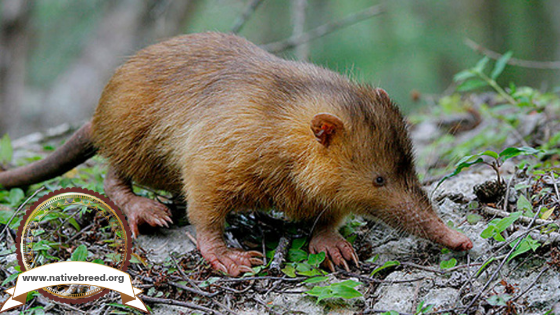
The Cuban solenodon (Solenodon cunbanus) is an endangered mammal is native to southeastern Cuba. A living fossil, the venomous shrew-like animal produces poisonous saliva that it injects into prey through its teeth. Largely wiped out by hunters and predators in the 19th century, the solenodon was last spotted in 2003. However, researchers have found evidence that the animal still survives.
2. Cuban Trogon
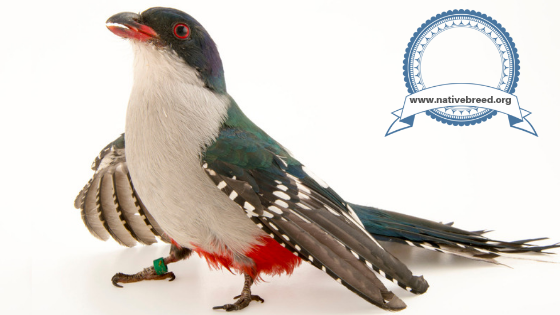
The Cuban trogon (Priotelus tempuras) is Cuba’s national bird. It is found in healthy population numbers throughout the island. The Cuban trogon has multiple names it can go by. In English speaking countries it is commonly known as the Cuban trogon, while in Spanish speaking countries it is referred to as the tocororo or tocoloro. This local name was derived from its repeated call, toco-toco-tocoro-tocoro.
The Cuban trogon is very colorful with a green back, blue crown, red belly and beak, and white throat and chest. These colors mimic the colors of the Cuban flag which is why it was chosen to be the national bird of Cuba. It has a long fluffy tail which is unique amongst trogons. From beak to tail, this bird is between ten and eleven inches. In flight, these birds travel in pairs creating a large amount of noise because of their rough, graceless flying technique. And when trapped in a cage it dies.
The Cuban trogon’s most common call is toco-toco-tocoro-tocoro, from which its local name is derived. It also makes a short distress call which is difficult to pinpoint.
Habitat
The Cuban trogon is very common and can be found all over the island of Cuba. The only places it is rare to see this bird are on the Isle of Youth, Guajaba, Romano, and Sabinal. They prefer wet and dry forests of all altitudes and like to be in the shade as opposed to the sun. The Cuban trogon nests in already created crevices in trees primarily abandoned woodpecker holes. The Cuban trogon feeds on flowers, fruits, and insects. Unlike most birds, it is capable of hovering while eating.
3. Monte Iberia Dwarf Eleuth
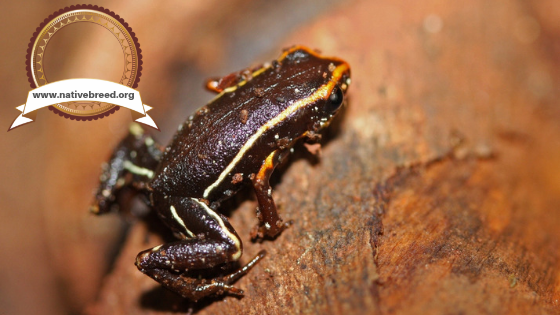
The tiny Monte Iberia dwarf eleuth (Eleutherodactylus iberia) is the smallest frog in the northern hemisphere, and the third-smallest of all frog species. Found in two small areas of eastern Cuba, it is listed as “critically endangered” by the International Union for Conservation of Naturebecause its preferred forest habitats have been converted to agricultural use or degraded by firewood collection.
4. Cuban Hutia
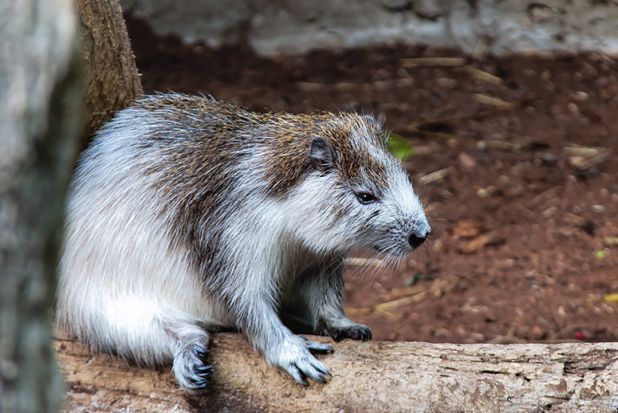
A type of rodent, the Cuban hutia (Capromys pilorides) grows up to 19 pounds. They are hunted for food, “often cooked in a large pot with wild nuts and honey [or sautéed] with green peppers, onions, tomato sauce and lots of garlic,” according to a Caribbean animal website.
5. Cuban Land Crab
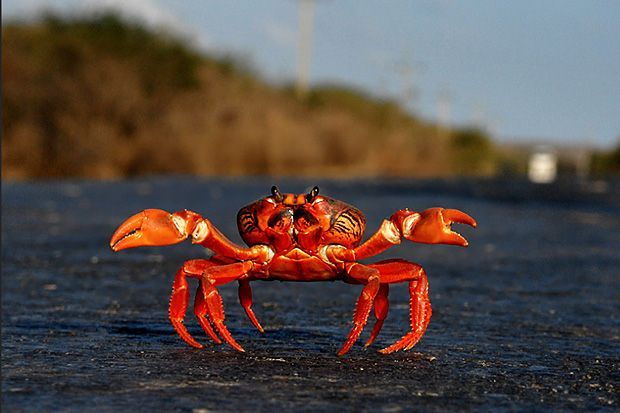
This crustacean may be known to nature TV lovers thanks to the segment of a 2008 episode of the show Nature. Every spring, millions of Cuban land crabs (Gecarcinus ruricola) swarm out of the forests and across whatever lays in their way—including roads and swimming pools—to breed in the sea.
6. Cuban Painted Snail
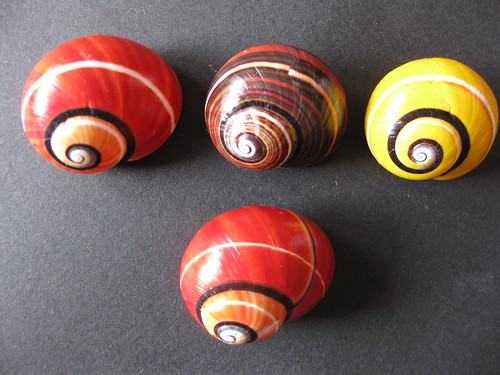
This gorgeous gastropod (Polymita picta) is another species found only in Cuba.
Shells of Polymita picta can reach a length of about 20 millimetres (0.79 in). These large shells are shiny and very brightly coloured. Normally they show a bright yellow colour with a white stripe, but the species is well known for its colourful shell polymorphism, with numerous colour varieties.
These shells are sought after by poachers and used to make jewellery and trinkets. As a result, the species has become endangered. It is a protected species since 1943 by the Cuban legislation which prohibits the export except for scientific reasons
7. Cuban Tree Boa
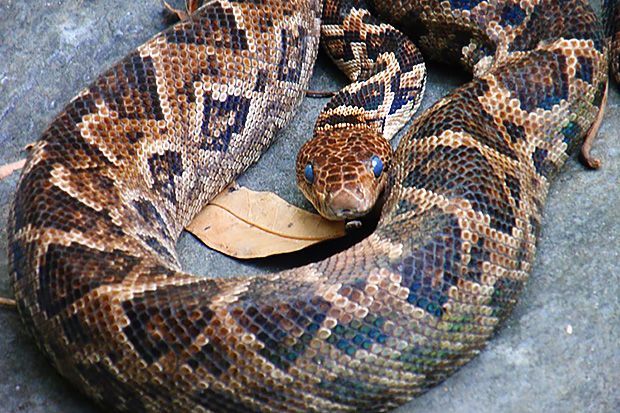
The Cuban tree boa (Epicrates angulifer) is the longest known arboreal boa, growing between seven and 13 feet long. This species is classified as “near threatened” on the IUCN Red List, probably because of loss of its forest habitat.
8. Lucifuga
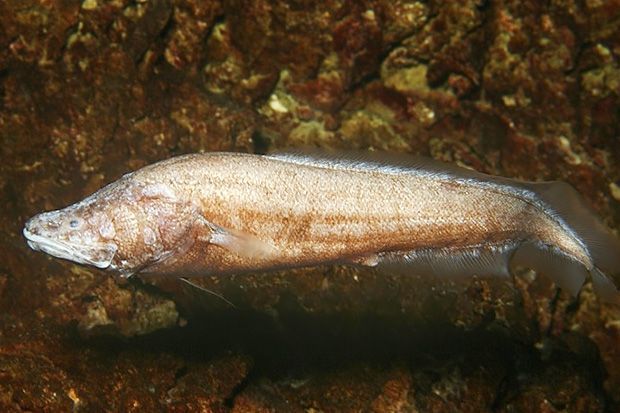
Lucifuga (Lucifuga genus) are freshwater fish that live in caves and sinkholes. The four known species are all classed as “vulnerable” on the IUCN Red List of threatened and endangered species.
9. Cuban Ground Iguana
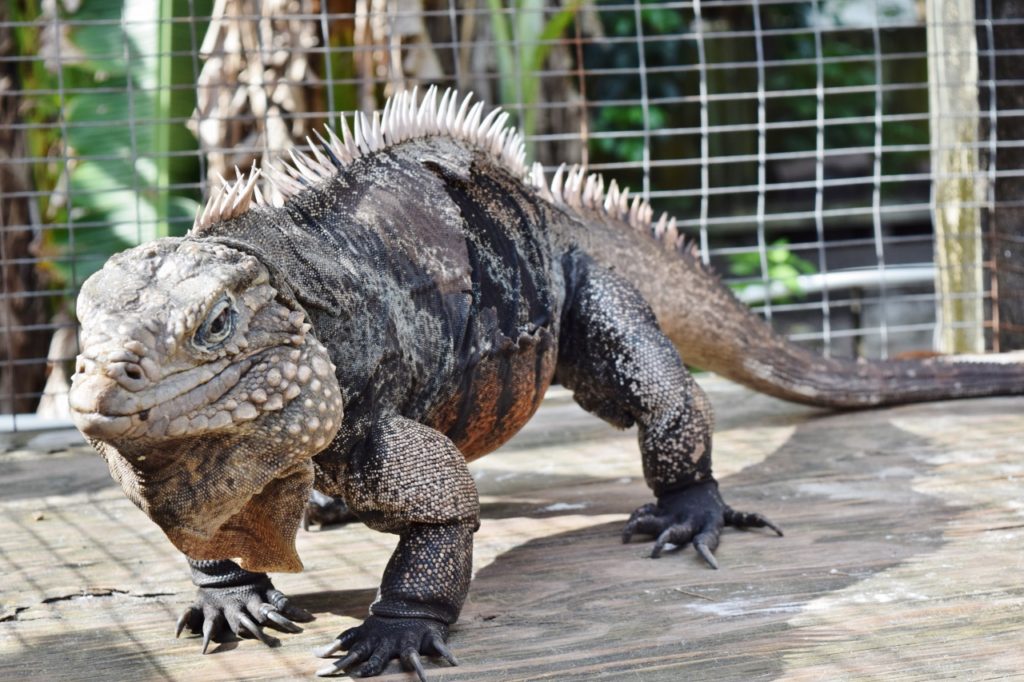
The Cuban ground iguana (Cyclura nubile) is found across Cuba. Coastal tourism development appears to be driving down this reptile’s numbers, leading the IUCN to classify it as a “vulnerable” species.
10. Cuban Tody
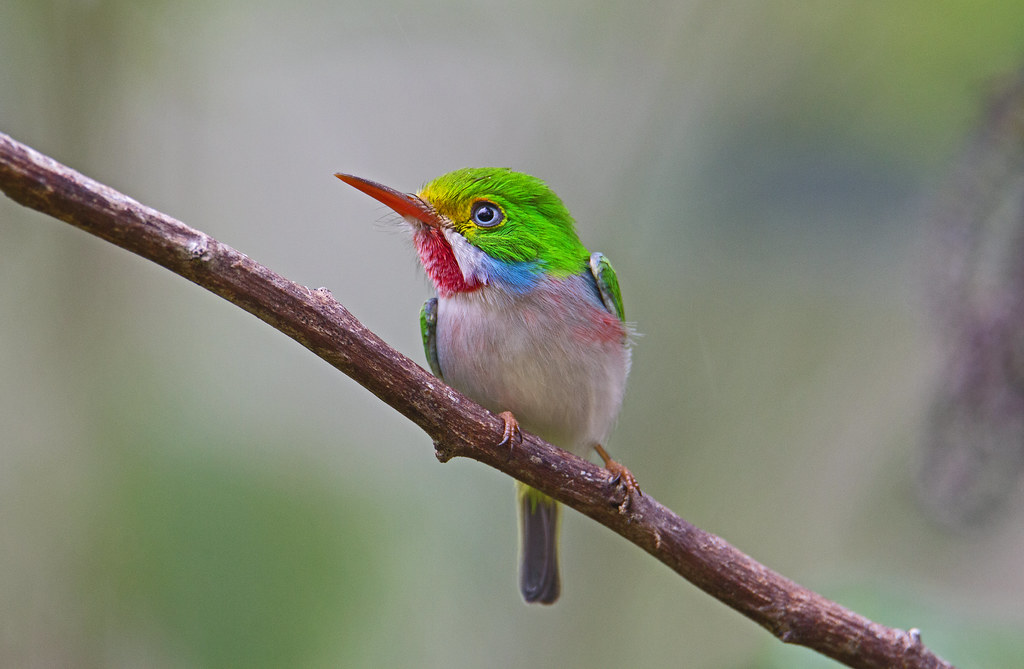
The Cuban tody (Todus multicolor) is a brightly colored native bird, found only in Cuba.
They are often seen in pairs. When perched, they sometimes repeat a peculiar short “tot-tot-tot-tot”, but the most characteristic call is a soft “pprreeee-pprreeee” (which is the origin of its Cuban common name, ‘Pedorrera’). Its wings also produce a whirring sound that is used during display flights.
11. Cuban Tree Frog
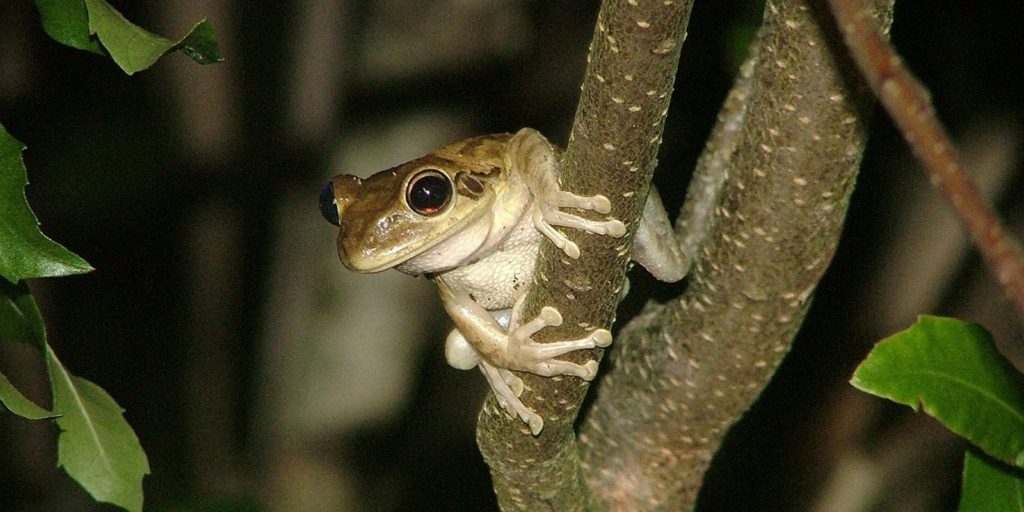
The Cuban tree frog (Osteopilus septentrionalis) is abundant and often sold as a pet. It’s thought that escaped or released pet tree frogs are responsible for the animal’s presence in mainland Florida and Hawaii, where it’s considered more of a pest.
12. Bee Hummingbird
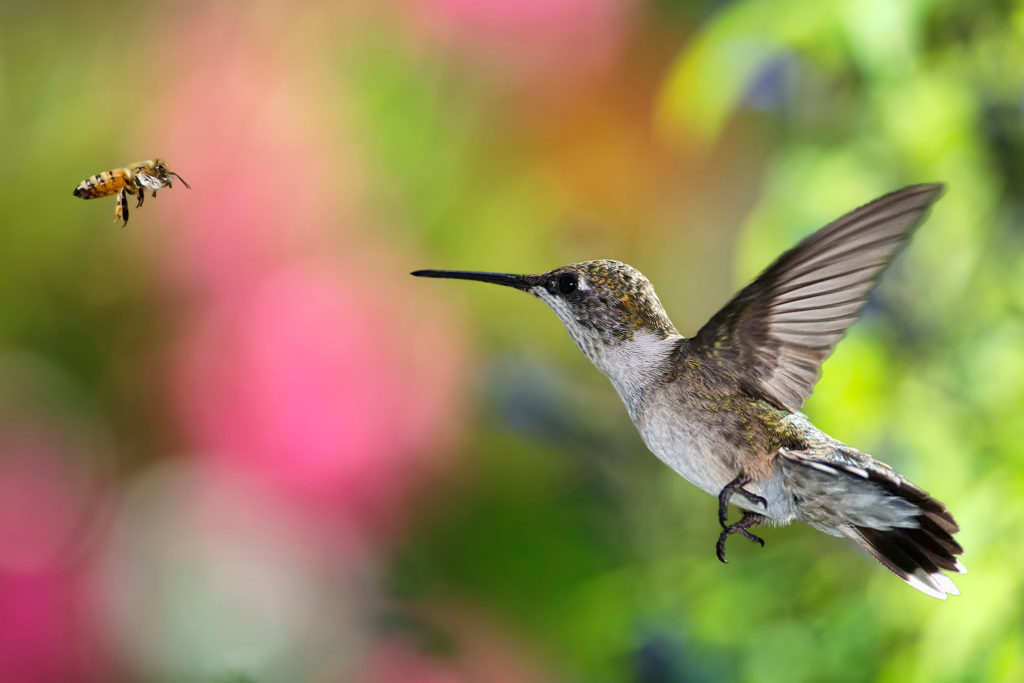
The bee hummingbird (Mellisuga helenae) is the smallest known bird. Fully grown, it weighs 1.8 grams and is about two inches long. The bird is listed as “near threatened” on the IUCN Red List, as its population is declining because of deforestation.